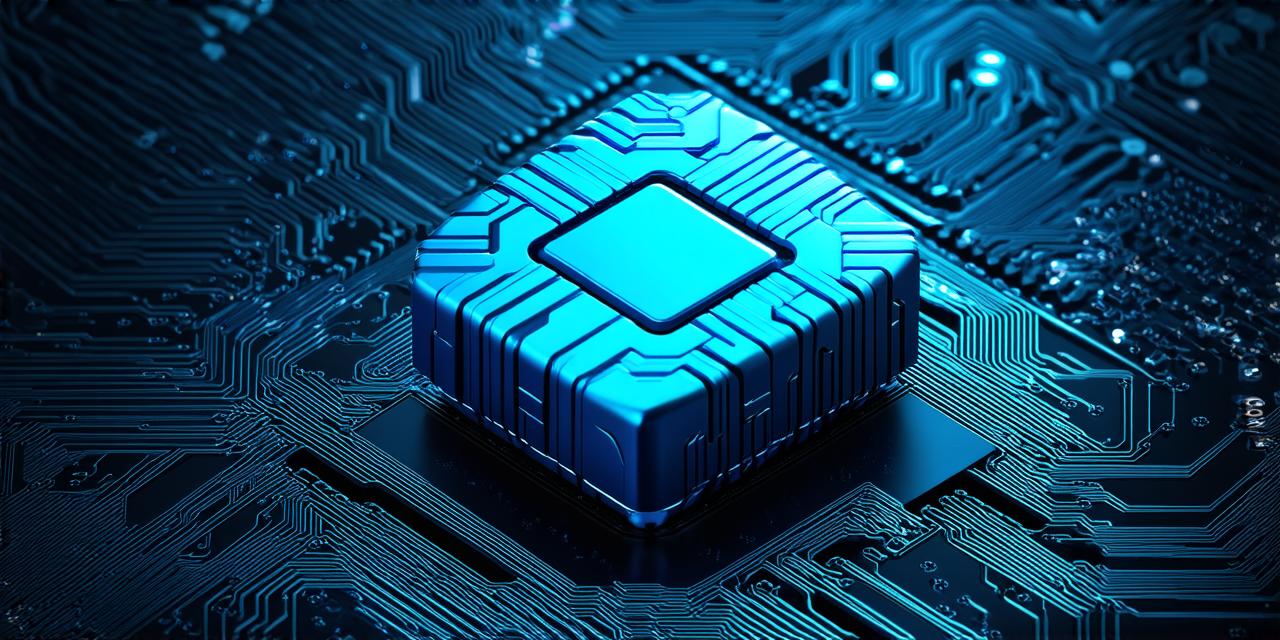Introduction:

Mempool is an essential concept in blockchain technology that plays a crucial role in ensuring efficient and secure transactions. In simple terms, mempool refers to a collection of unconfirmed transactions that are waiting to be included in the next block on a blockchain.
What is Mempool?
Mempool, short for memory pool, is a data structure used to store unconfirmed transactions on a blockchain network. When a user initiates a transaction, it goes through a series of checks to ensure that it meets the necessary validation rules. These checks include verifying the sender’s balance, the recipient’s address, and ensuring that there are no conflicts with other transactions.
Once a transaction is verified, it is added to the mempool, where it waits for confirmation by miners.
Mempool plays an essential role in blockchain networks as it helps to ensure that transactions are processed efficiently and securely. By storing unconfirmed transactions in the mempool, miners can quickly identify and prioritize transactions based on their transaction fees and other parameters. This helps to optimize the network’s performance and prevent congestion caused by slow or delayed transactions.
Components of Mempool
The mempool is made up of several components that work together to store and manage unconfirmed transactions. These components include:
- Unconfirmed transactions
- Transaction pool
- Confirmation queue
- Mempool size
- Mempool age
Best Practices for Working with Mempool
As a blockchain developer, there are several best practices that you should follow when working with mempool:
- Monitor mempool size and age
- Optimize transaction fees
- Prioritize high-value transactions
- Avoid duplicate transactions
- Use smart contracts
Conclusion:
Mempool is a crucial concept in blockchain technology that plays an essential role in ensuring efficient and secure transactions. As a developer, it’s important to have a clear understanding of what mempool is and how it works to build robust and scalable applications on a blockchain. By following best practices for working with mempool, you can optimize your application’s performance and ensure that transactions are confirmed quickly and efficiently.
